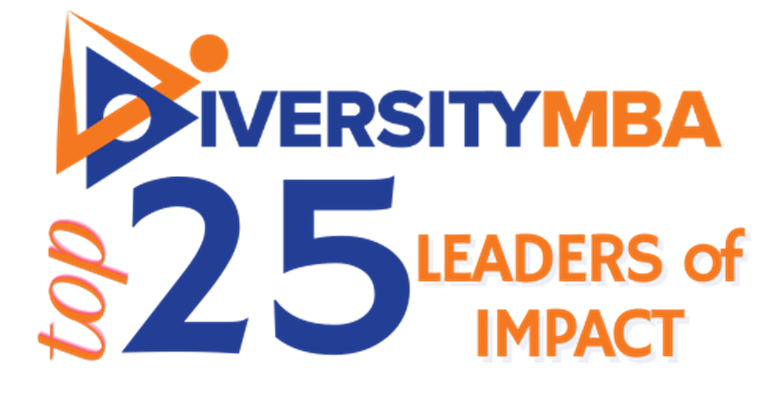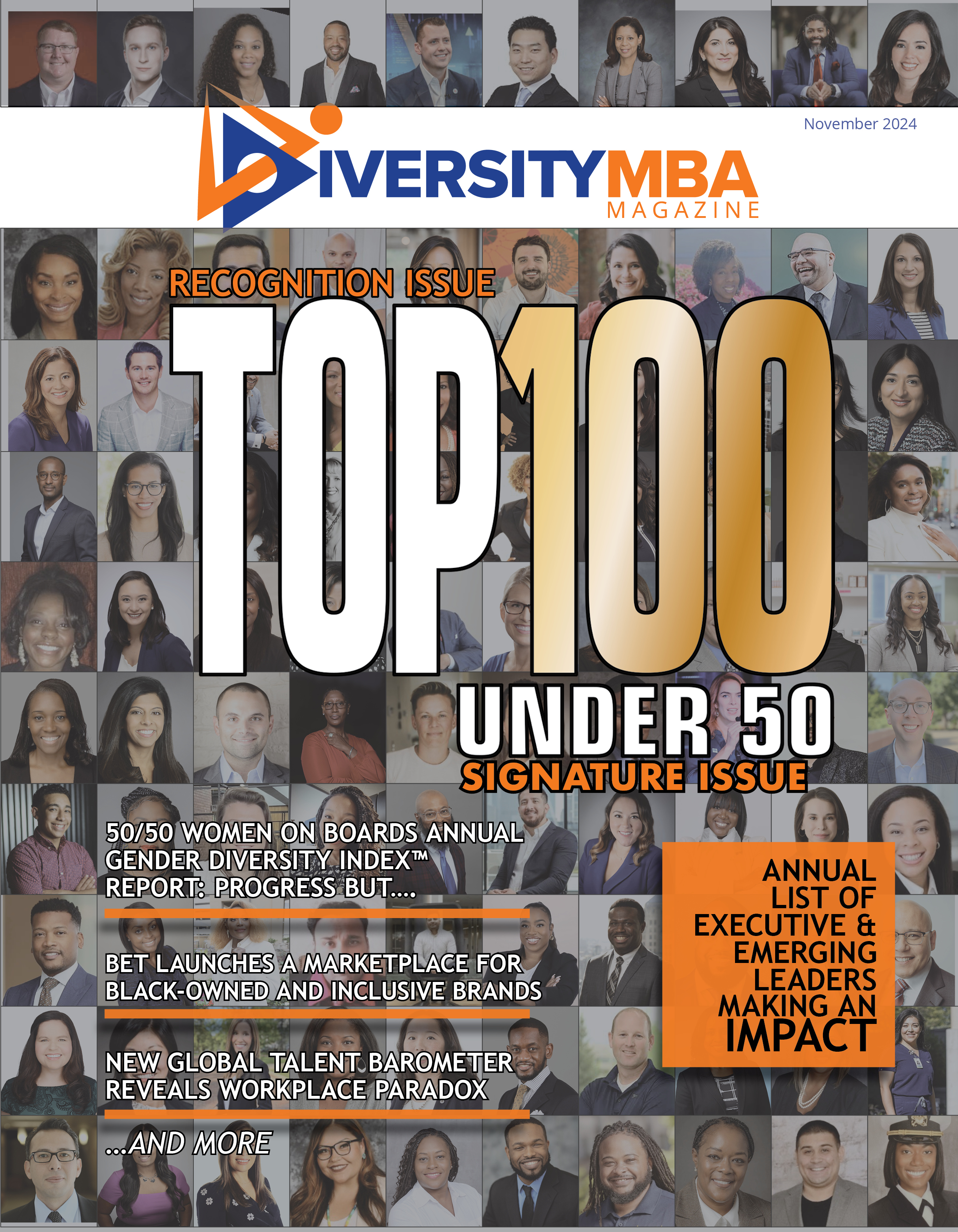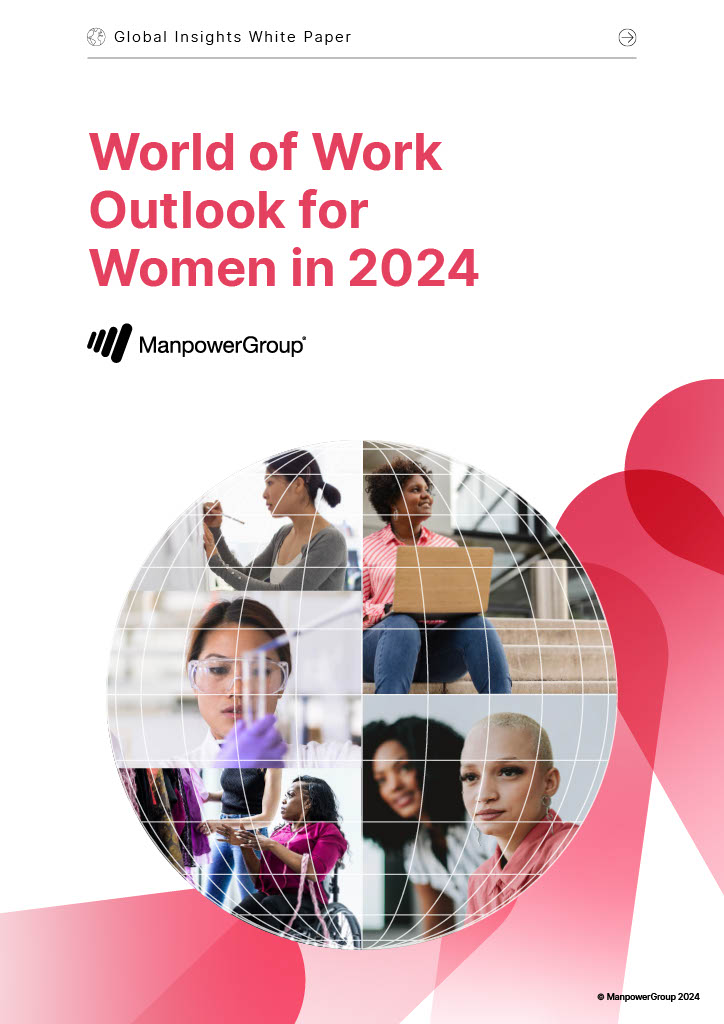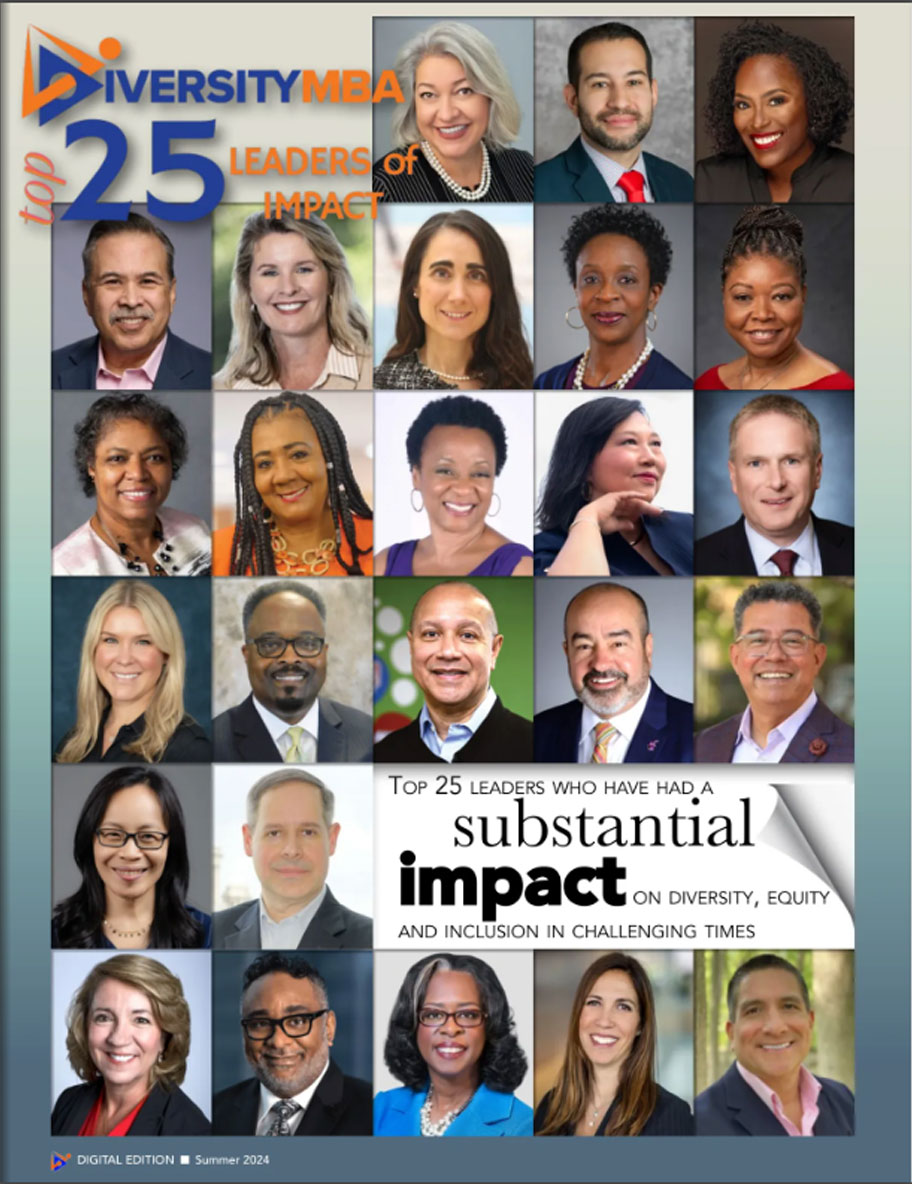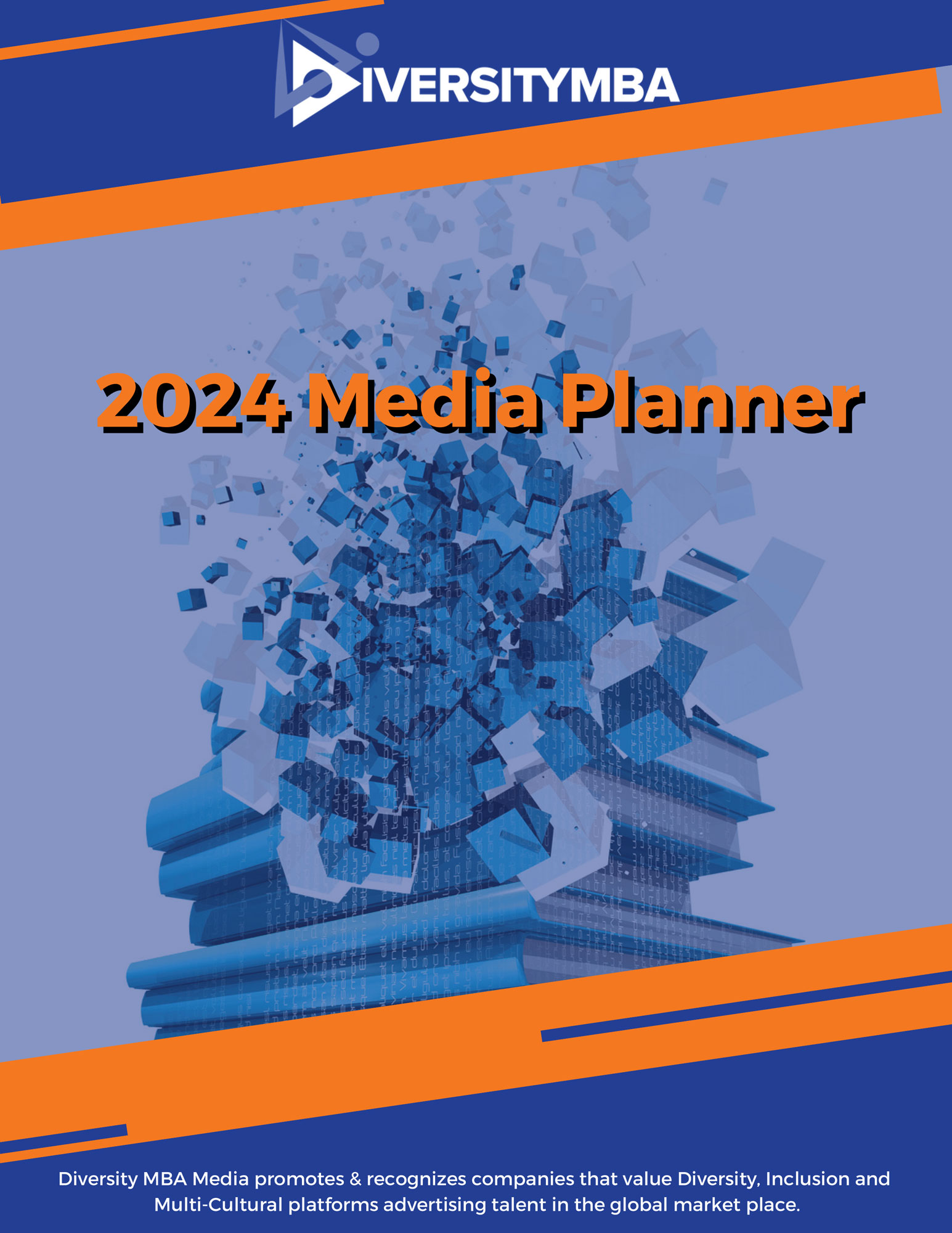Consider this scenario: Leaders and their teams are meeting to collaborate on a major decision, but they are having a skirmish. Considering that these are the people paid to make and implement great decisions – and they can’t agree – this is a really big deal, right?
Before we get to the answer, let’s take the opportunity to think about, define – and maybe redefine – productive collaboration.
First, collaboration is often used to describe the gathering of people (from inside and outside a company) who don’t usually work together – or least have not done so recently – to make important decisions. But collaboration can be so much more than just gathering resources.
A better definition of collaboration is bringing together a setting and skill set that promotes both better decisions and better buy-in from the individuals and teams involved. Decisions without buy-in are like cars without engines, or boats without sails – both are needed to succeed. The best tactic to achieve buy-in is a meeting process that promotes very active involvement. People support what they help create.
Second, it is important to recognize that collaborating people, all too often – even with a good meeting process in place – can disagree. When it gets feisty, we call it a conflict or even a skirmish. This may not seem like a good thing, but it’s important to step back from a conflict and consider why the attending parties do not agree on what to do.
The first instinct may be to smooth the edges, take a break, dismiss the troublemakers. But that’s ultimately a nonproductive approach. Let’s think about what helps great decision-making. Don’t we want options to choose from? Aren’t we glad Baskin-Robbins doesn’t have only one flavor? A team that wants to succeed wants lots of options.
So let’s redefine “conflict” as the process of choosing among all of the available options – and few would disagree that the more options there are, the better. It may be easier to choose from among the options available from airline food than from a robust dinner buffet, but that doesn’t mean it’s better.
But when we’re exploring options, we need to be aware of when decision-makers want to “own” their ideas or are merely presenting them for consideration. Think about it this way: conflict minus ego = option. The ideal scenario is when the participants can let go of ideas as their own and put them in the mix for the team to consider and select.
A good way to do this is to write ideas on Post-it notes, one idea per note, and then place them on a flipchart on the wall. Now all of “our” ideas are available for everyone to see. More importantly, the group is looking at anonymous data on a wall – not across the table, making eye contact that tends to provoke personality-driven behavior.
Teams that separate egos from ideas create the best environment for that team to make a great decision (best idea wins!) and simultaneously to build buy-in from participant interaction (people support what they help create). The trick is to see the value in and manage disagreement.
Seen in this light, collaborators should not only not think negatively about conflict, they should love it!
John Canfield is a corporate coach who offers practical tools for strategic planning, improvement, and innovation business processes. He has more than 30 years of experience working and consulting for organizations around the world. For more information, visit www.johncanfield.com.

